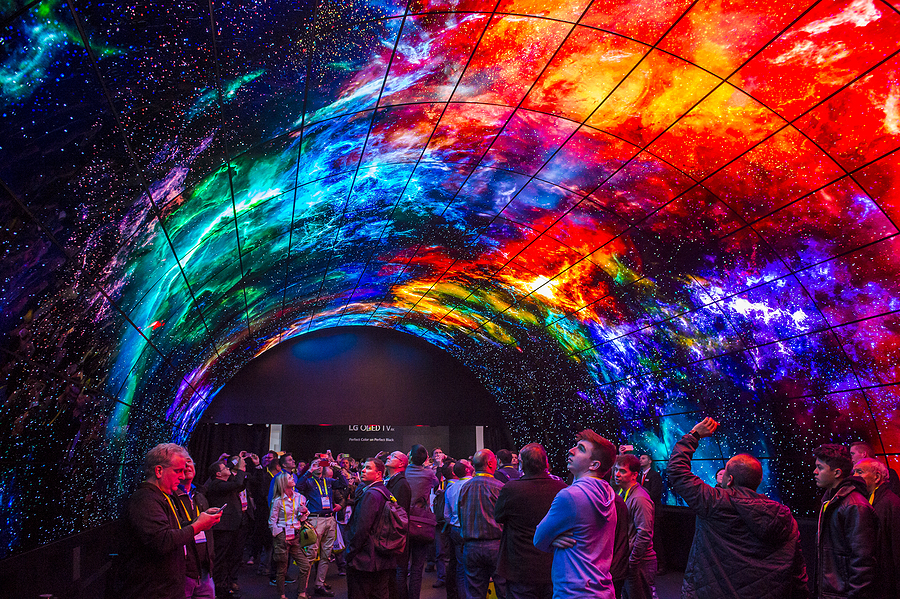Churches have always been places of visual communication, from ancient Anglo Saxon stone carvings to beautiful Medieval stained glass windows. These features were not just decorative: they told the stories of scripture to a congregation, bringing the words to life for the vast majority who could not read.
Today, churches are still continuing this tradition with a modern medium: large LED screens. Here’s a look at how they have become important tools for enhancing worship, connecting communities, and communicating messages in ways that are engaging, clear, and accessible to all generations.
Balancing tradition and innovation
Churches are known for traditions and reverent atmosphere, but in fact this doesn’t mean that they stay frozen in time. History shows us that churches have always embraced the technologies of their time, from the printing press that spread the first Bibles, to microphones and radio broadcasts that carried voices to larger congregations.
Technology has continually expanded the church’s ability to reach and inspire, and LED screens are the natural next step in this journey. Just as stained glass once harnessed sunlight to tell biblical stories, LED screens use light and colour to share scripture, music, and community life with clarity and impact.
Enhancing worship experiences
Worship is about creating a space where people can connect deeply. LED screens support that mission by making services more immersive and inclusive:
- Scripture readings and sermon notes – Displaying Bible verses on screen helps worshippers follow along, regardless of whether they have access to a physical Bible. Sermon points can be highlighted clearly to aid understanding and retention.
- Song lyrics and music support – Congregational singing becomes more unified when everyone can see the lyrics. For modern worship bands and choirs, visuals can create a more powerful atmosphere.
- Visual storytelling – Whether through video, images, or live camera feeds, LED screens can illustrate messages in ways that resonate with today’s visually oriented culture.
By enhancing clarity and accessibility, LED screens ensure no one feels left behind — whether they are seated in the back row of a large congregation or joining for the first time.
Engaging younger generations
One of the biggest challenges many churches face is connecting with younger generations. Millennials and Gen Z are digital natives, used to learning, communicating, and experiencing life visually. Introducing LED screens doesn’t mean abandoning tradition; it means speaking the language of younger worshippers.
When scripture is displayed in dynamic ways, and announcements are clear and visually engaging, worship feels relevant and accessible. This helps to create a bridge between generations, ensuring their message continues to resonate well into the future.
A tool for community and communication
Churches are more than Sunday gatherings; they are hubs of community life. LED screens can extend their usefulness beyond the pulpit:
- Announcements and events – Share upcoming activities, prayer meetings, or community outreach opportunities at a glance.
- Welcoming visitors – A warm, clear digital welcome helps newcomers feel at home right away.
- Multi-purpose spaces – For youth events, conferences, or concerts, LED screens provide flexibility and impact.
In this way, LED screens become not just tools for worship, but for building stronger, more connected communities.
Practical and sustainable
LED technology also offers practical advantages. Compared to projectors, LED screens provide brighter, clearer images, even in daylight. They are durable, long-lasting, and energy efficient, making them a cost-effective investment over time.
For churches mindful of stewardship, both financial and environmental, this makes LED displays a responsible choice.
A modern expression of an ancient mission
At their heart, churches exist to spread the message of hope, faith, and love. The methods of communication may evolve, but the mission remains the same. Embracing this technology is not about replacing the past, but about building on it.
LED screens are tools that allow churches to continue their timeless role: to inspire, to teach, and to create spaces where the divine feels close and the community feels connected.
